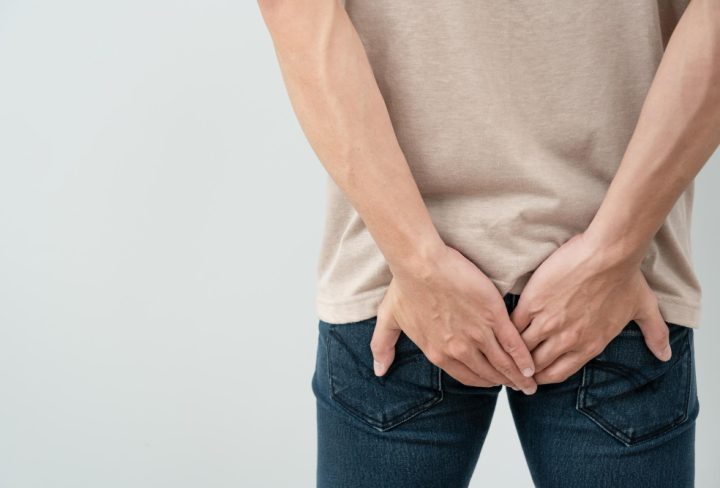Hemorrhoids are a common health issue that affects many people. In fact, millions of adults experience hemorrhoids at some point in their lives. If you have pain, itching, or bleeding near your bottom, you may be dealing with hemorrhoids. Understanding what hemorrhoids are, their causes, and symptoms can help you manage them better. This guide will explain everything in simple terms.
What Are Hemorrhoids?
Hemorrhoids are swollen veins in the lower part of your rectum or anus. These veins can become irritated and cause discomfort. Sometimes, they are called piles. There are two main types of hemorrhoids:
Although hemorrhoids can be uncomfortable, they are rarely dangerous. Most people can manage mild symptoms at home. However, severe cases may need medical attention. According to the Centers for Disease Control and Prevention (CDC), hemorrhoids are very common, especially in adults over 50.
Causes of Hemorrhoids
Many factors can lead to hemorrhoids. Often, increased pressure in the lower rectum is the main cause. Here are some common reasons people develop hemorrhoids:
Additionally, age plays a role. As people get older, the tissues supporting the veins in the rectum and anus can weaken. This makes hemorrhoids more likely to develop.
Symptoms of Hemorrhoids
Hemorrhoids can cause different symptoms, depending on their type and severity. Some people may not notice any symptoms at all. However, common signs include:
For example, internal hemorrhoids usually cause painless bleeding. On the other hand, external hemorrhoids can be painful and may swell. Sometimes, a hard lump forms if a blood clot develops. If you notice heavy bleeding, severe pain, or a lump that does not go away, you should see a doctor. The World Health Organization (WHO) and medical experts recommend seeking help if symptoms are severe or last more than a week.
In summary, knowing the causes and symptoms of hemorrhoids can help you take better care of your health. If you have concerns or ongoing discomfort, consult a healthcare professional for personalized advice about hemorrhoids.

